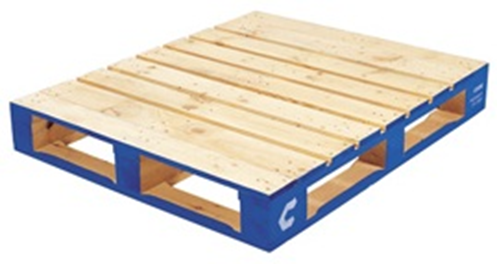What type of protection or guarding should I fit to my pallet racking?
- Keith D Goodfellow (SARI)

- Jan 23, 2020
- 2 min read
Updated: Jun 25, 2025
There are many types and variants of rack protection for different parts of your storage racks which in turn offer varying degrees of protection and benefits. They generally fall into two main categories: Freestanding guards bolted to the floor and clip-on guards that fix directly to the rack structure.
Column guards. Freestanding column guards are used to protect individual uprights and should be adequately secured to the floor and positioned 35-50mm away from the upright. Position the guard too close and you will restrict or prevent inspection of the upright and you cannot assume that because a guard is in place there will be no damage behind it, or the guard could have been retro fitted and be hiding damage. Also if they are fitted too close when they flex they may impact on the upright causing even more damage.
End frame guards. You should also fit protection to ends of row frames where drivers regularly stack pallets against racks. Crash barrier type guards, tubular guards or similar are ideal but again do not skimp on the floor fixings. High profile 150mm x 100mm angle rail bolted to the floor will also help stop drivers sliding pallets under a guard or parking trucks under the racks.
Clip on guards. These guards clip directly onto the structure. Their main selling point is that they are cheap and easily fitted but I am not a fan since they have a number drawbacks. They will need to be removed to allow your regular inspections and my experience is that this usually doesn’t happen because they can be extremely difficult to remove or it is simply too time consuming. When fitted they can, and often do, hide damage since a driver may hit a guard and be unable to see any damage and feel therefore that there is nothing to report, or the driver may simply believe that there is no problem because a guard is fitted. And don’t forget that if you don’t remove them you will be preventing inspection to the lower front face of the upright, footplate and floor fixings which are the most vulnerable and important part of the racking system.
Our advice is always to fit good heavy-duty freestanding guards. They will pay for themselves many times over!




Comments